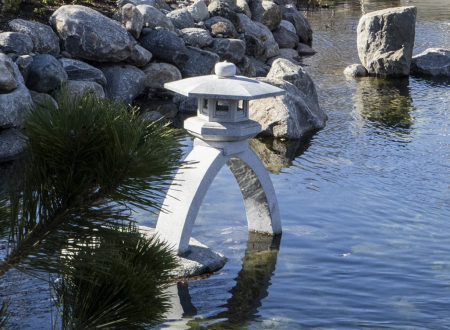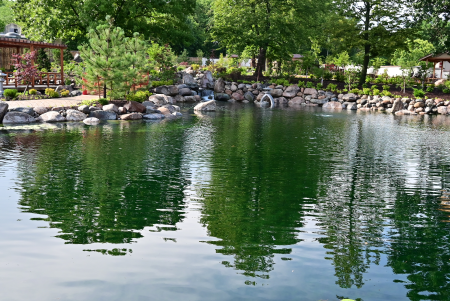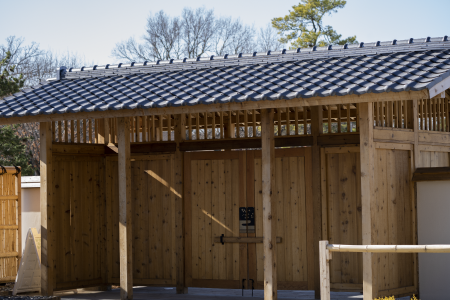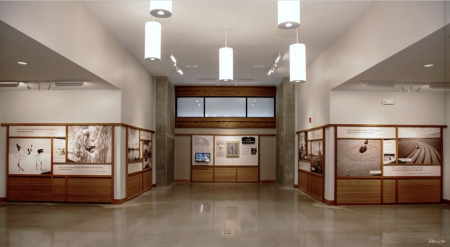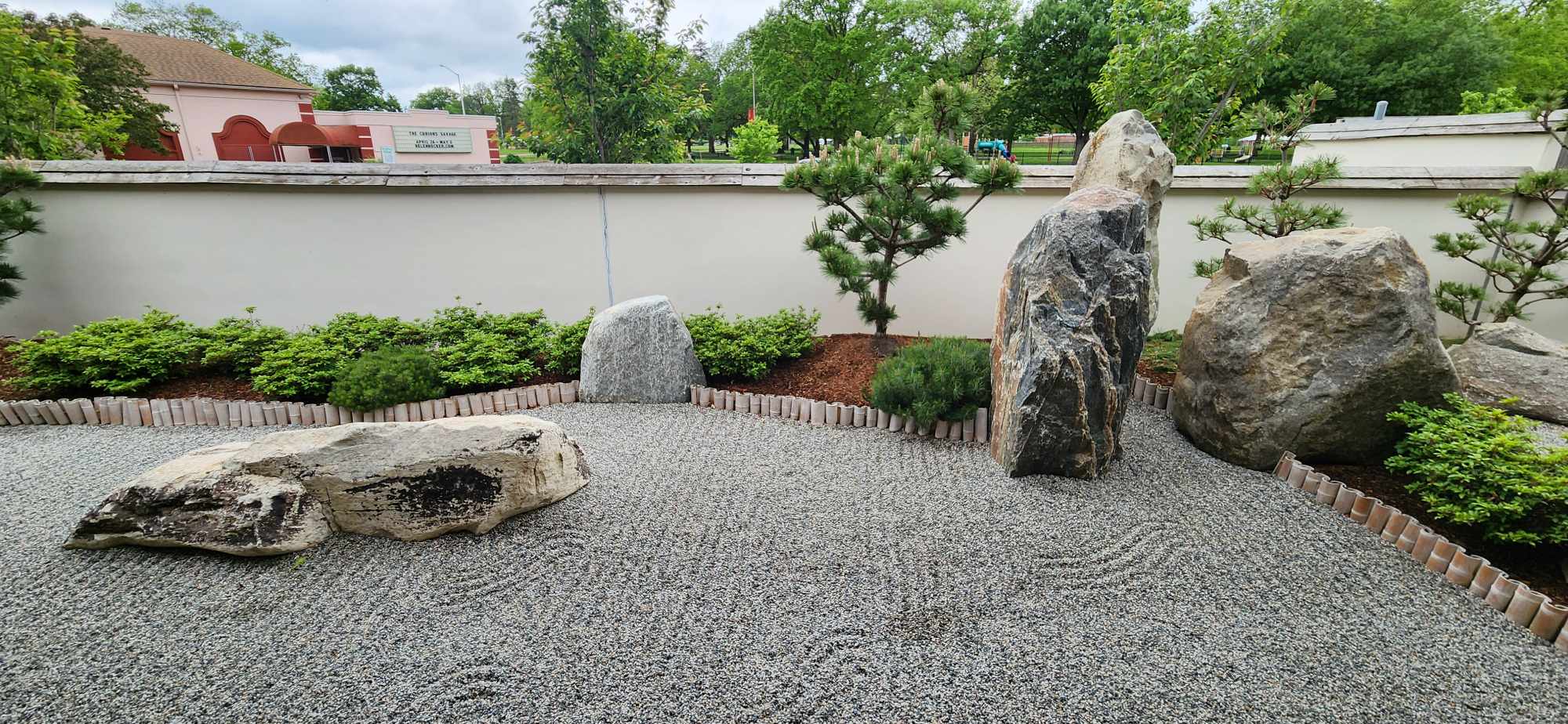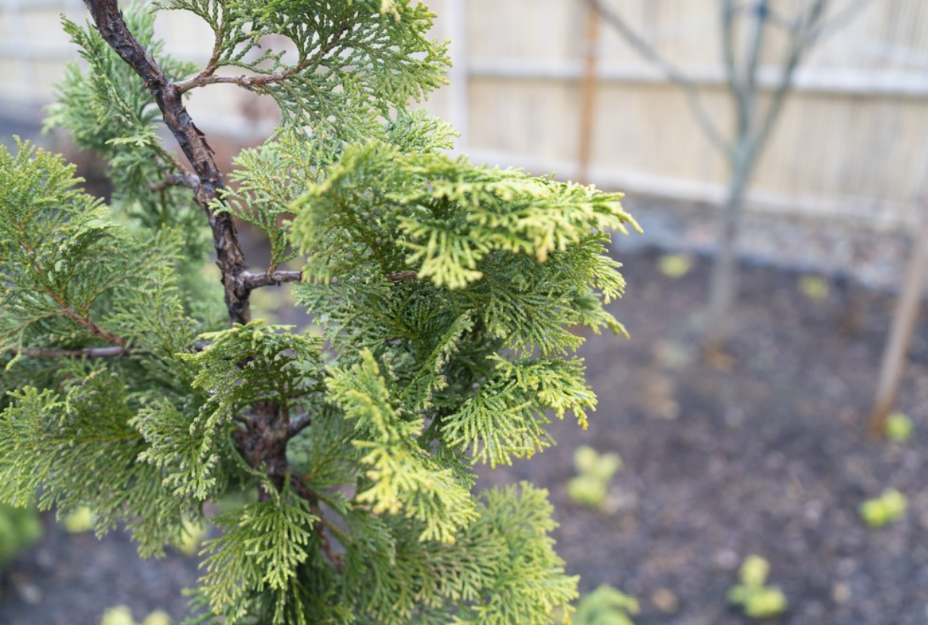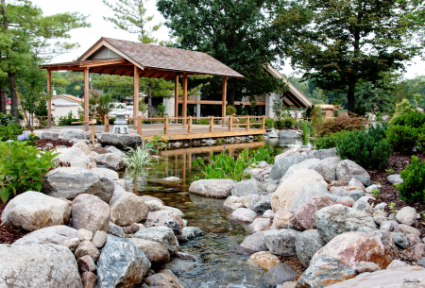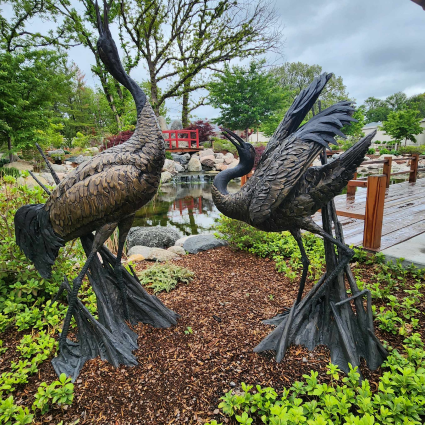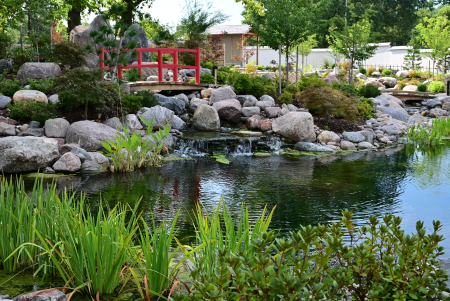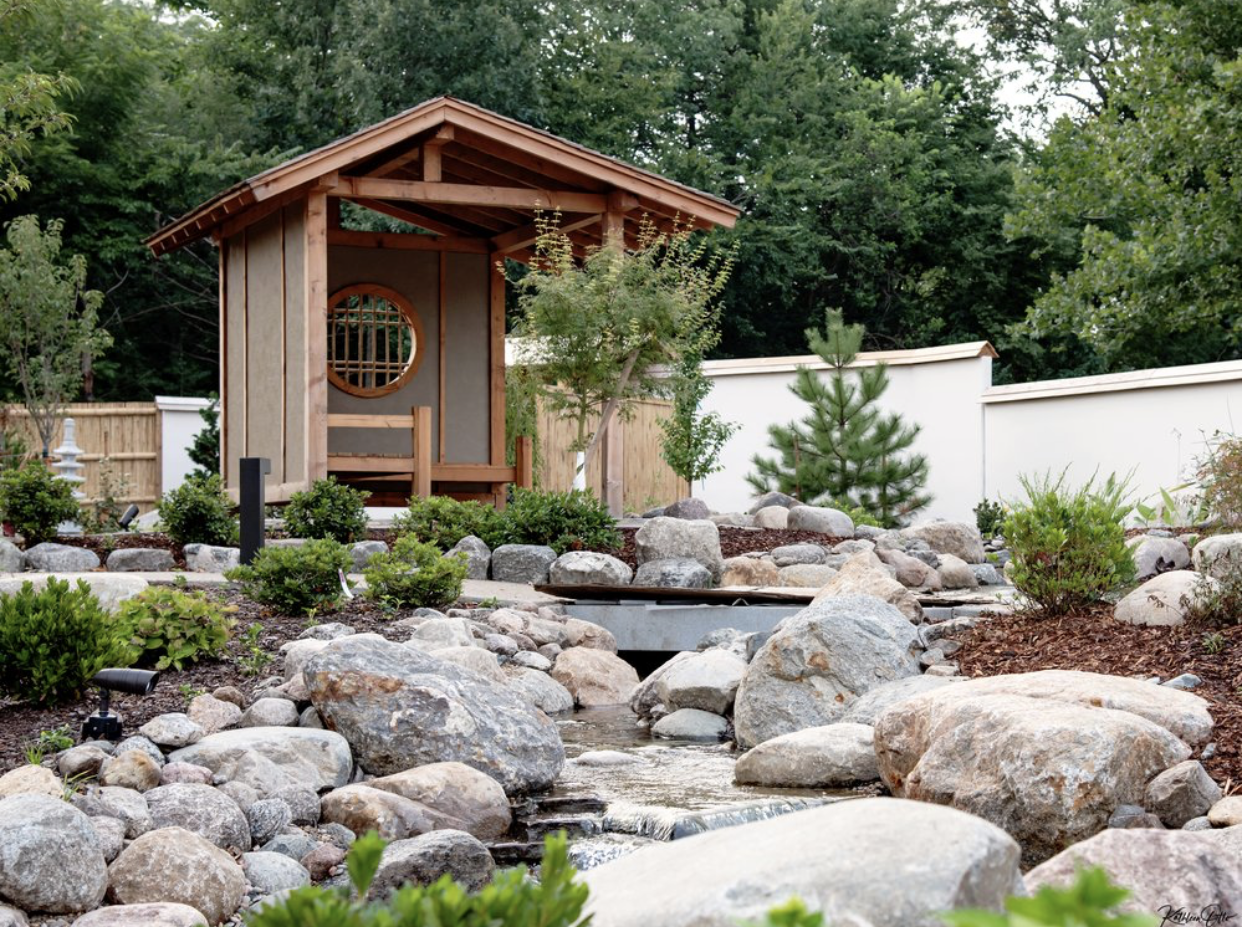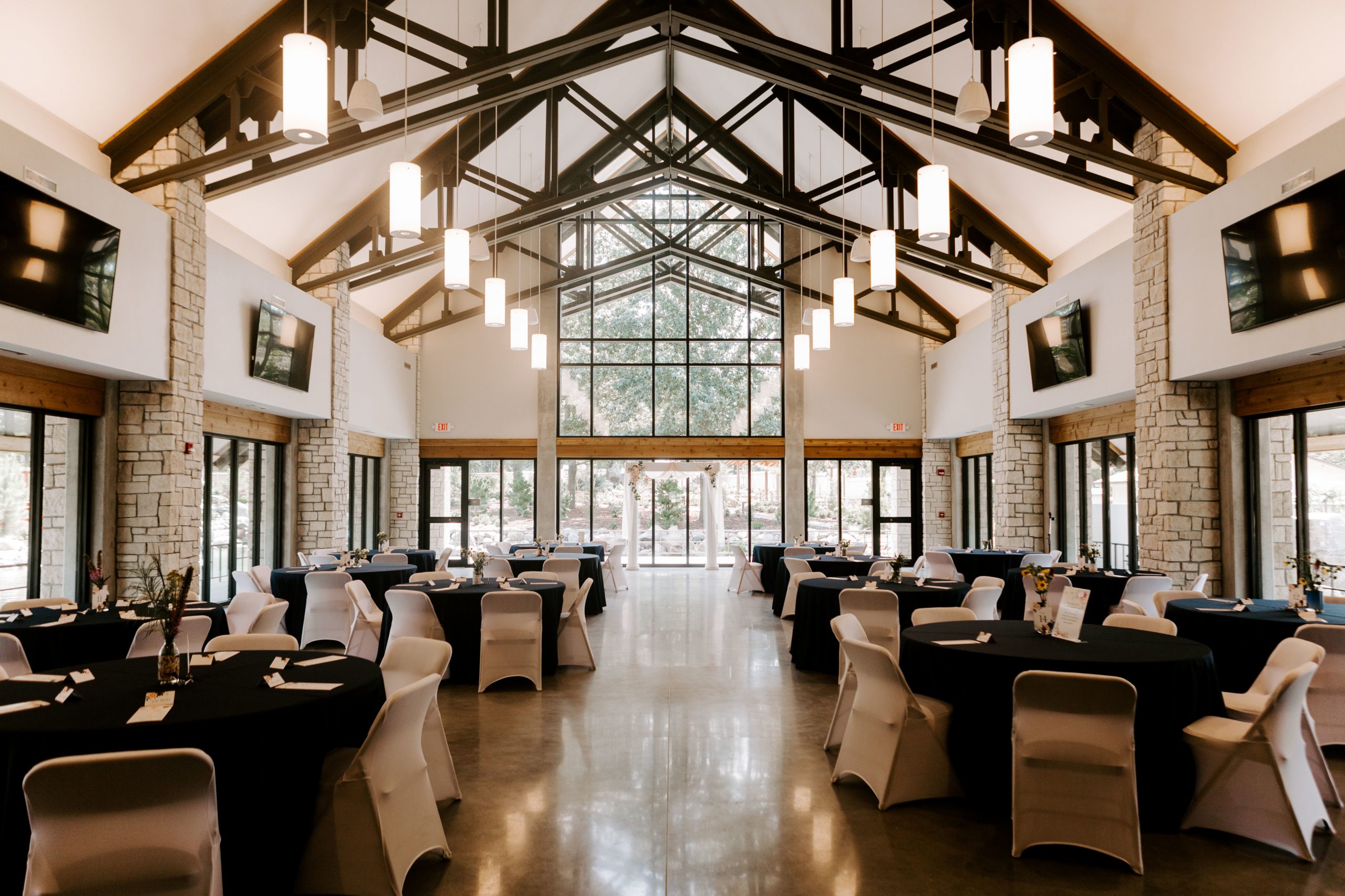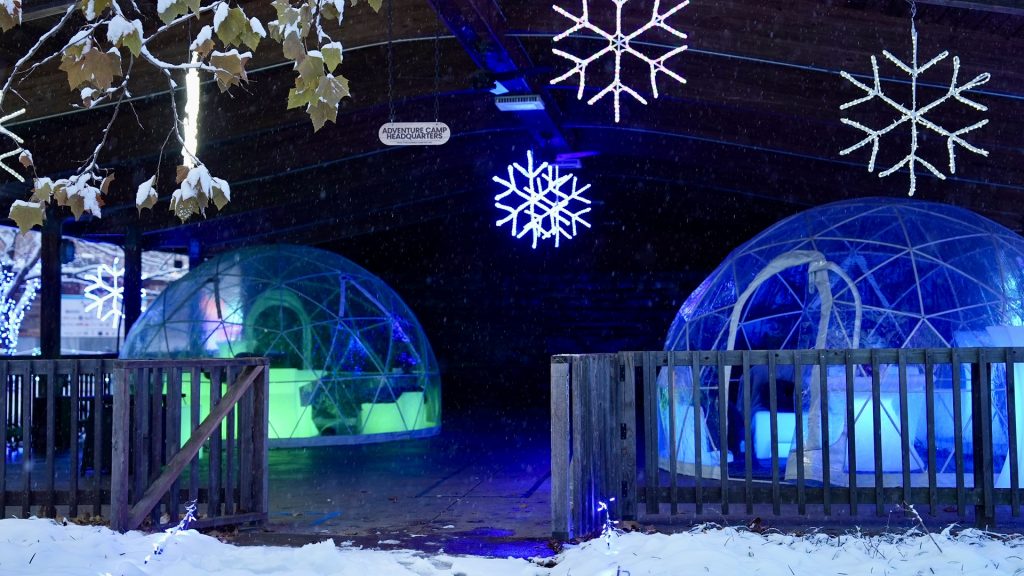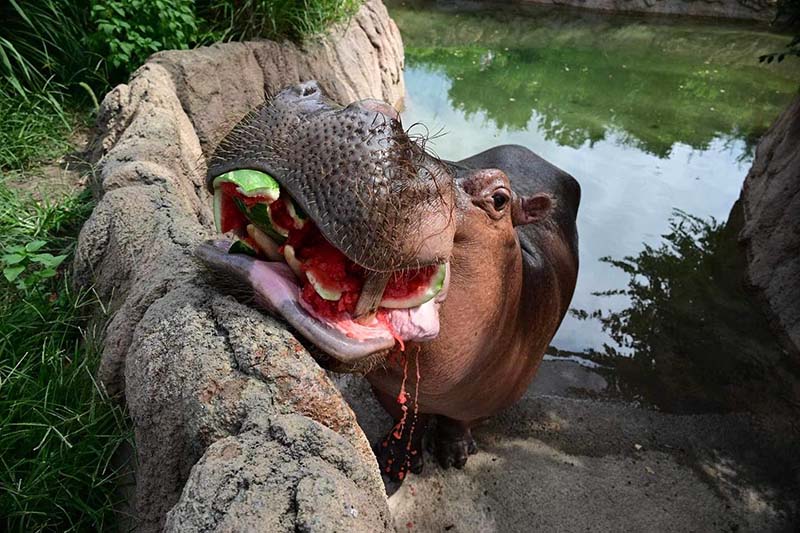Explore the Kay McFarland
Japanese Garden
The Kay McFarland Japanese Garden is a tranquil oasis that combines traditional Japanese design elements with the natural beauty of Kansas. This serene space invites visitors to experience harmony, reflection, and connection with nature.
As you stroll through the garden, you'll encounter artfully designed landscapes that showcase the elegance of Japanese horticulture, from meticulously raked gravel to vibrant seasonal blooms. The garden's features, including koi ponds, a traditional tea house, and stone lanterns, offer inspiration for creating peaceful outdoor spaces and embracing the principles of balance and simplicity.
The garden is divided into distinct areas, each with its own charm and purpose. Discover the symbolism of the elements, learn about the artistry behind Japanese gardening, and immerse yourself in the calming atmosphere. A detailed map is available to guide your journey, ensuring you don’t miss a single feature.
Whether you’re seeking a moment of quiet contemplation or an inspiring cultural experience, the Kay McFarland Japanese Garden welcomes you. We hope to see you soon!
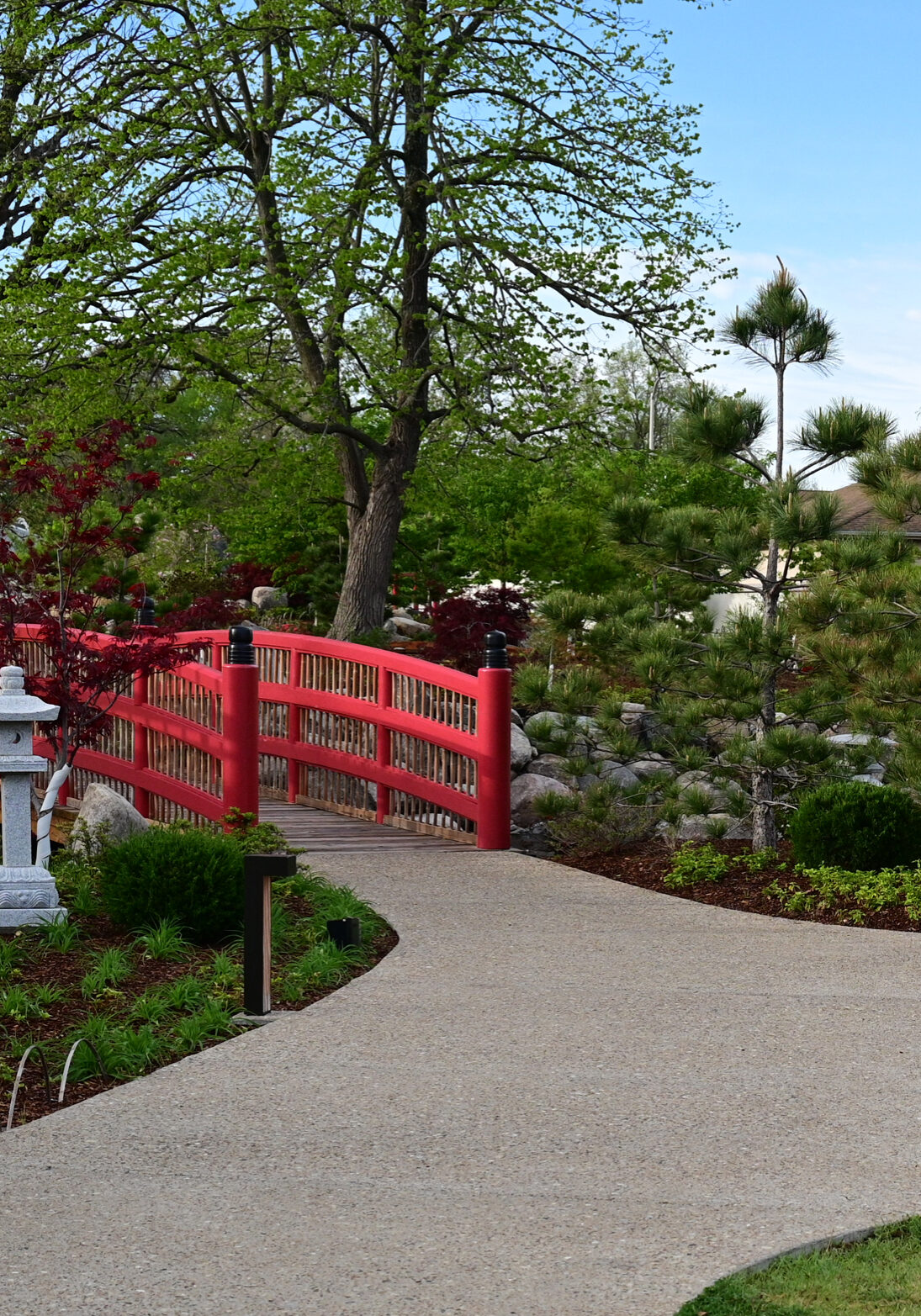
Japanese Garden Elements
Garden Map
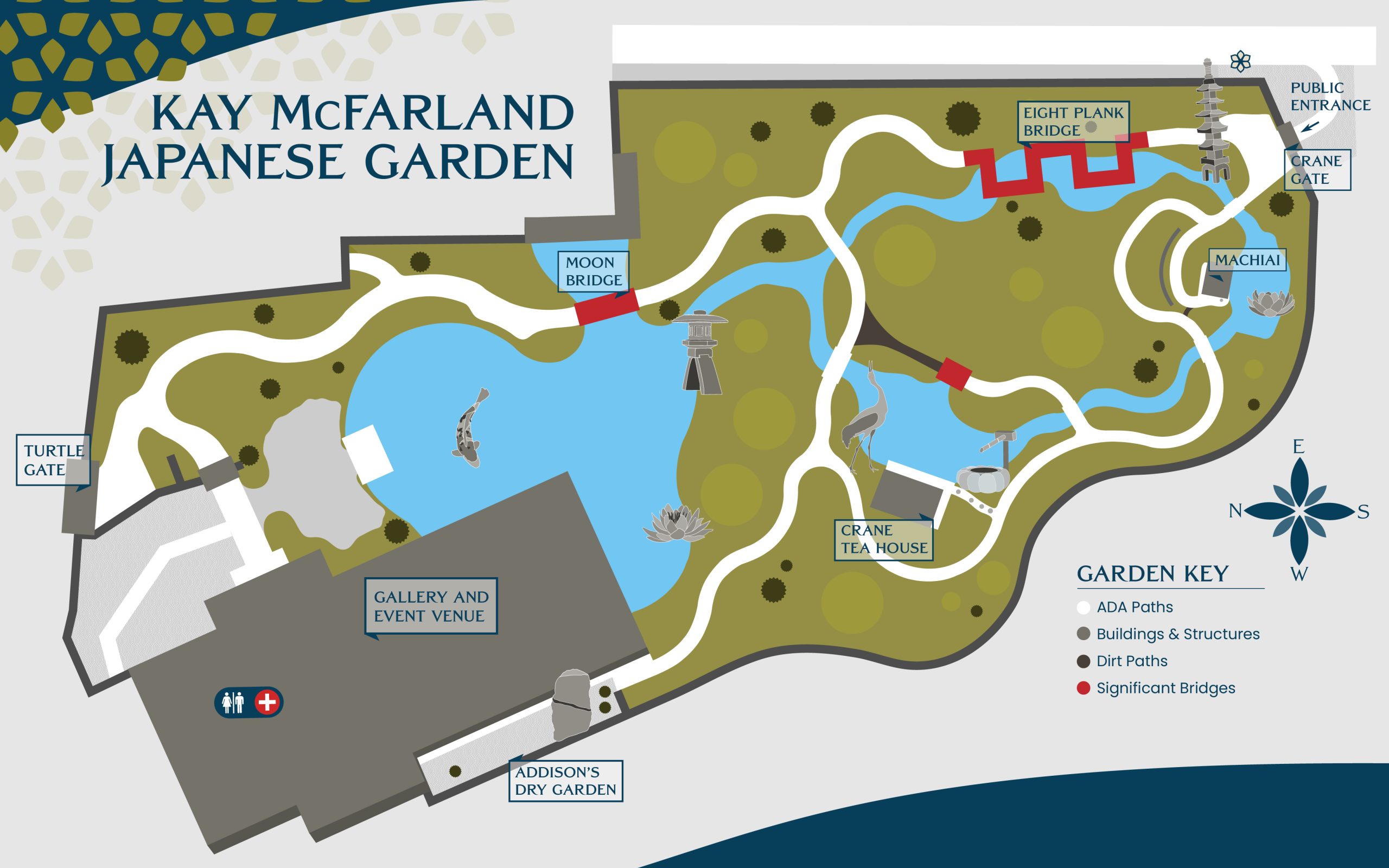
Enhance Your Visit
Garden Walking Tour Guide
A World In Miniature; A walking guide for Kay McFarland Japanese Garden.
Discover the stories, sculptures, and beauty of the garden at your own pace. Swing by the gift shop and find a copy on your next visit.
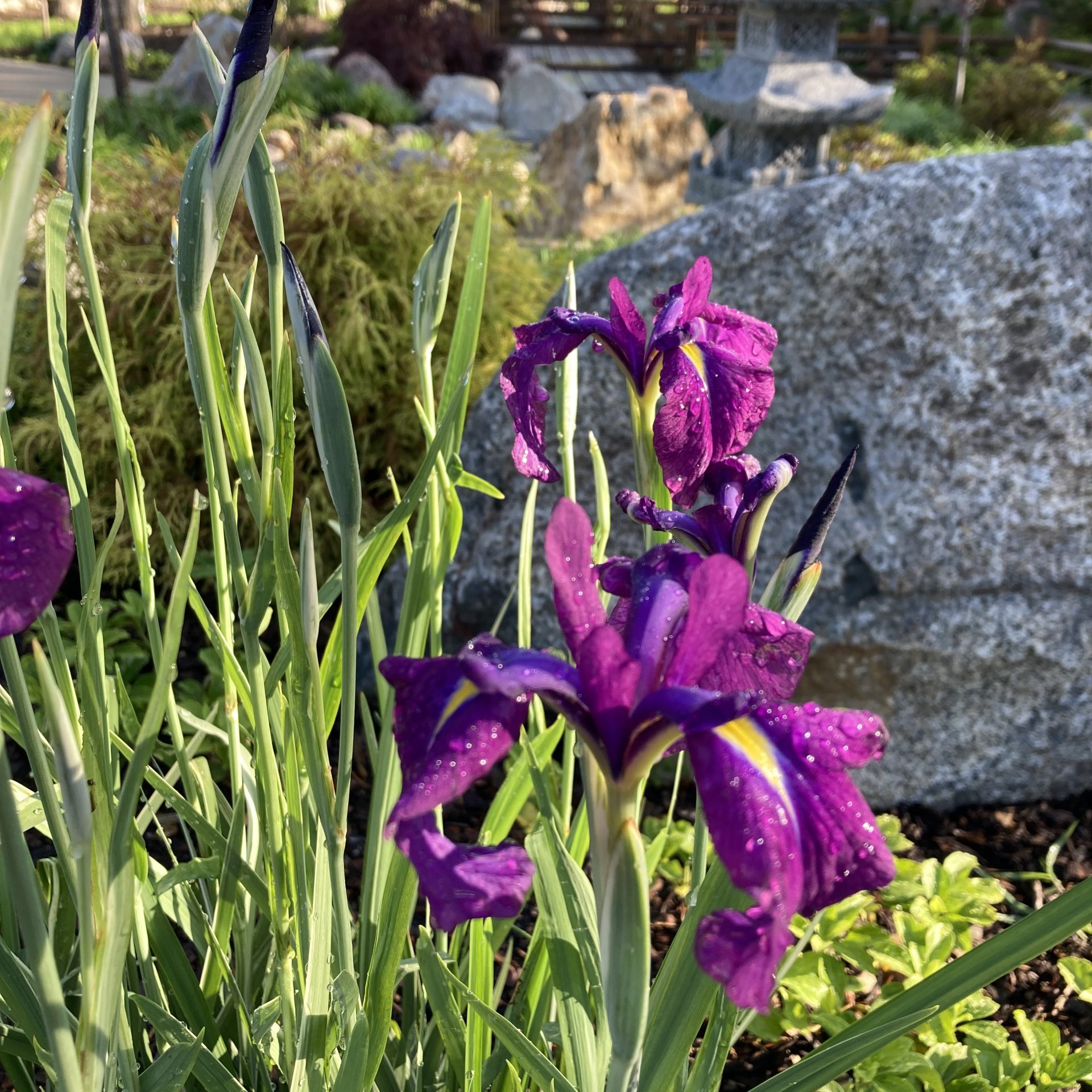
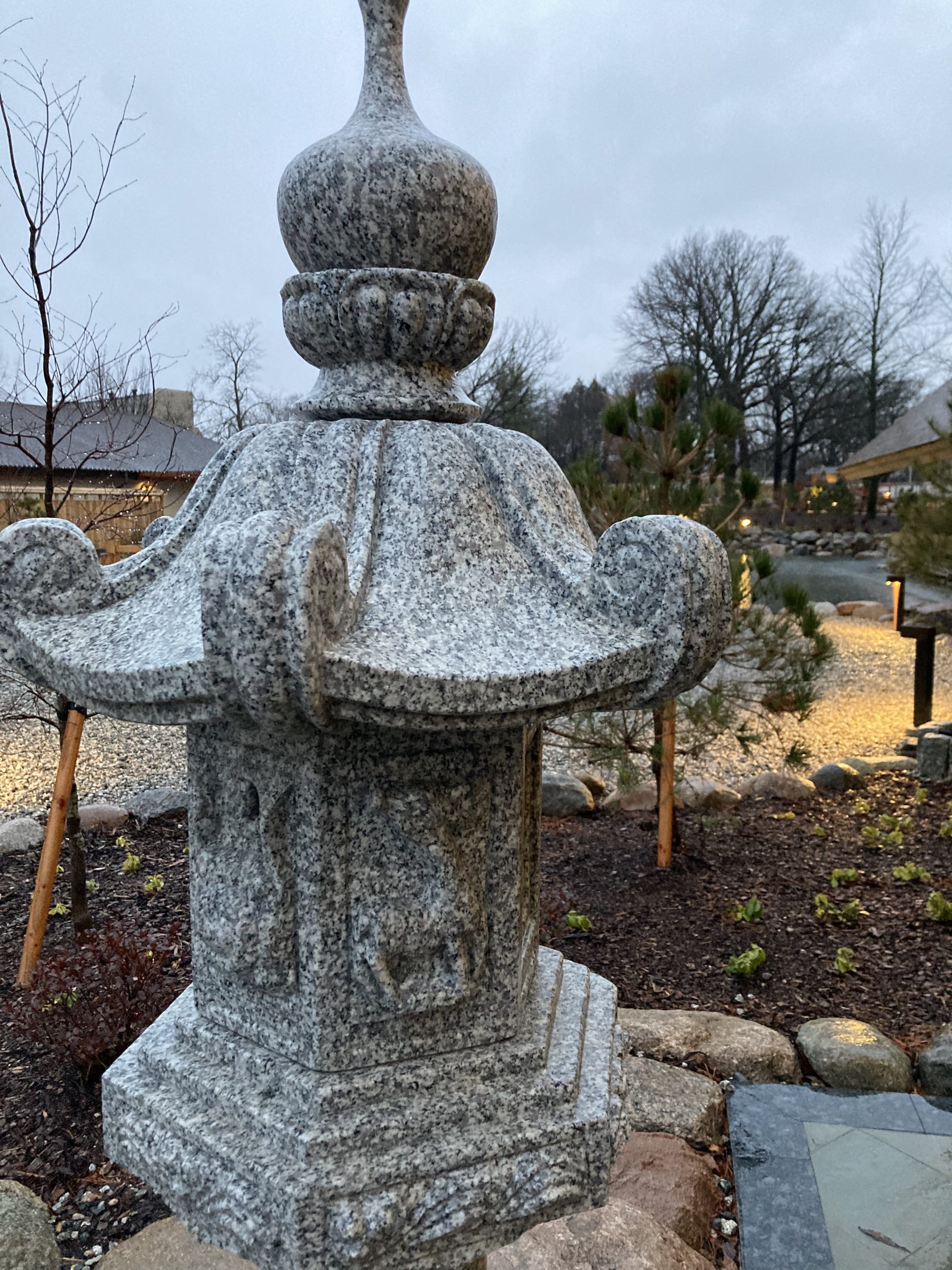
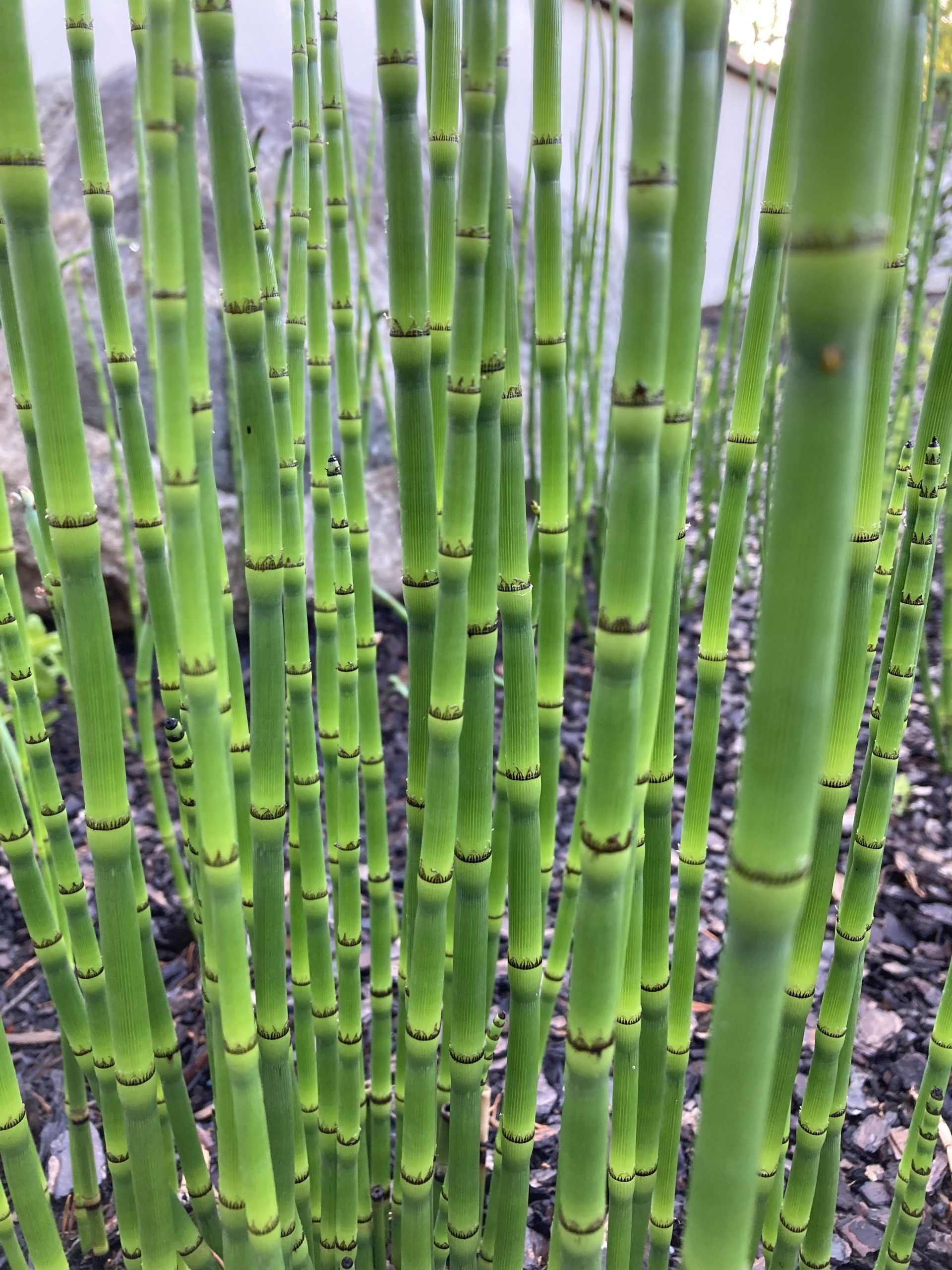

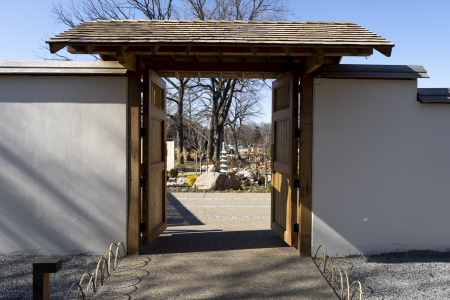
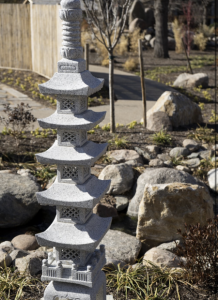
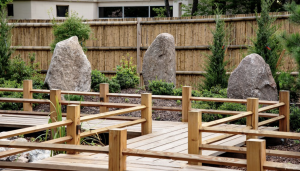
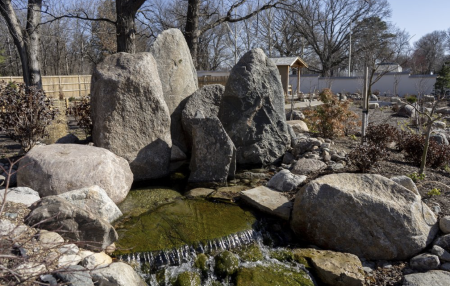
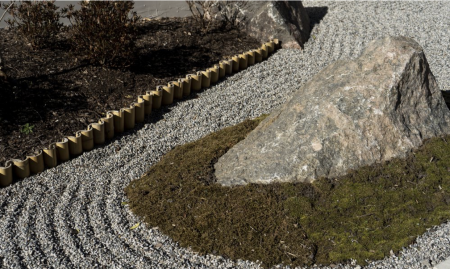
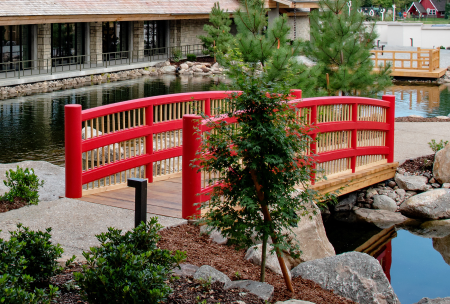 The Moon Bridge is symbolic of passage to an important place or state of mind. In the Kay McFarland Japanese Garden, it marks the passage between the sacred upper garden into the lower garden. In other gardens, the bridge may symbolize a journey between one world and the next or a passage to an important place or state of mind, for instance, from child to adult or single to married.
The Moon Bridge is symbolic of passage to an important place or state of mind. In the Kay McFarland Japanese Garden, it marks the passage between the sacred upper garden into the lower garden. In other gardens, the bridge may symbolize a journey between one world and the next or a passage to an important place or state of mind, for instance, from child to adult or single to married.